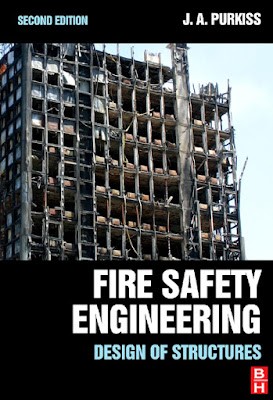Fire safety is a vital concern for not only homes and commercial establishments, affecting both assets but also the well-being of individuals and households. As incidents of fire can happen unexpectedly and escalate rapidly, comprehending the principles behind fire safety measures is crucial in developing environments that are ready for crises. From putting in place robust fire safety systems to carrying out routine fire drills, the key to effective fire safety lies in knowledge, readiness, and proactive measures.
In this piece, we will explore a range of subject matter related to fire safety services, including essential advice for protecting your residence and enterprise, the importance of developing fire escape plans, and common fire hazards to prevent. We will also delve into targeted recommendations for different settings such as healthcare facilities, food establishments, and educational institutions, examining key aspects like fire alarm networks, smoke alarms, and fire suppression technologies. By arming yourself with this vital information, you can significantly reduce the risks of fire and ensure a safer community for everyone.

Essential Fire Safety Tips
Maintaining your house and business safe from flame hazards is vitally important for protecting lives and property. One of the key methods is to regularly inspect and service fire alarms. These equipment can be critical, providing early warnings in case of flames. Inspect alarms every month and swap the power sources at least every year. Additionally, change out any smoke alarm that is more than ten years of age to ensure maximum functionality.
Creating a flame escape plan is a further important step for preparedness. This plan should detail multiple escape routes from your home or business, ensuring that all family members or workers are familiar with the escape routes. Perform regular fire drills to test the escape plan and make changes as necessary. It's important to designate a rally point outside the building where all personnel can gather safely after exiting.
Being mindful of frequent fire hazards can significantly reduce the risk of emergencies. Look for overloaded electrical outlets, frayed cords, and improper use of heating devices. Ensure that combustible materials are kept safely far from heat sources and that kitchens are supplied with fire extinguishers. By taking these preventive measures, you can greatly enhance fire safety in your environment.
### Understanding Fire Safety Equipment
Fire protection gear is crucial for safeguarding lives and assets from the devastating effects of fire. Key components, such as smoke alarms, fire suppression tools, and fire sprinkler systems, play a vital role in early detection and suppression of fires. Smoke alarms notify occupants to smoke or heat, giving them critical moments to exit. It is important to consistently test smoke alarms every month and change batteries annually to ensure they work correctly.
Fire extinguishers are another key element of fire safety equipment. They come in different varieties, including water-based, foam, dry chemical-based, and carbon dioxide, each suited for different kinds of fires. Understanding how to select, operate, and care for these extinguishers plays a significant role in reducing fire damage and ensure safety. It is recommended to have extinguishers on hand in areas at high risk of fire, such as kitchens and garages, and to ensure they are checked routinely to maintain their effectiveness.
Additionally, fire containment systems and fire sprinkler systems provide automatic protection in big buildings and business environments. Fire Engineering Consultancy from a fire and trigger automatically to put out fires before they can grow. Placing importance on a comprehensive fire safety system, including fire alarms and fire sprinklers, can give peace of mind and is important for meeting with fire safety standards. Understanding the function and care of these fire safety devices is essential for anyone responsible for safety in homes or workplaces.
Fire Safety Guidelines and Compliance
Fire safety regulations are established to protect lives and property by diminishing the risk of fire-related incidents. These regulations often arise from national and local laws, such as those outlined by organizations like the National Fire Safety Organization and the Occupational Safety and Health Administration. Businesses and property owners must comprehensively grasp these regulations to ensure compliance and maintain a secure environment for staff and residents.
Adherence to fire safety guidelines requires regular inspections and conformity to defined codes, which often dictate the care of fire safety equipment, installation of smoke alarms, and the provision of fire extinguishers. It is essential for businesses to conduct fire risk assessments to detect potential hazards and ensure their safety protocols meet the standard standards. Failing to comply can lead to serious consequences, including monetary penalties, higher insurance premiums, and liability in the event of a fire.
Additionally, ongoing education about fire safety regulations are essential for both employers and employees. Implementing regular fire drills and educating staff on emergency procedures can substantially enhance a firm's fire readiness. By remaining knowledgeable and alert about fire safety compliance, businesses not only safeguard their assets but also demonstrate their commitment to the protection and well-being of everyone involved.
